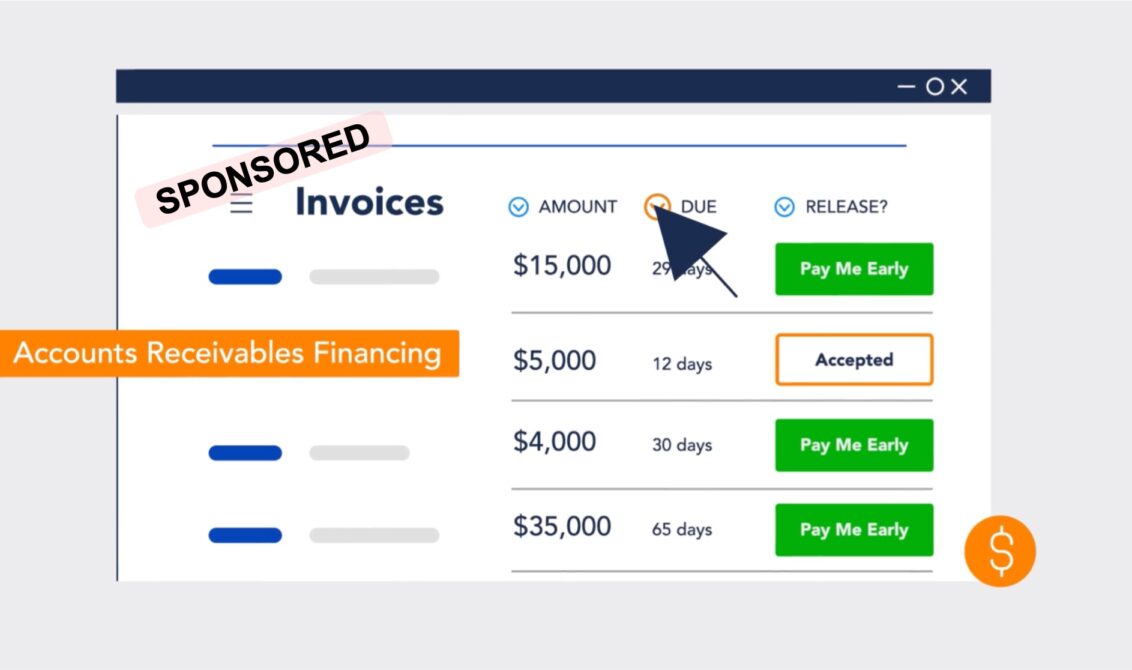
It’s not enough for companies to consider the environmental and social impact of their own operations: they also need to understand the impact of their supply chains. Research by McKinsey revealed that over 90% of a typical consumer company’s natural capital impact – and over 80% of its greenhouse gas emissions – come from its supply chain, rather than from its own operations.
So how can companies use supply chain finance to achieve their ESG goals and appeal to customers in today’s competitive environment? And how can they ensure their efforts are able to generate ESG improvements throughout their supply chains, rather than only extending to their top 25 or 50 suppliers?
SCF and ESG: what’s the opportunity?
Supply chain finance (SCF) is one tool that companies can use to increase the sustainability of their supply chains. SCF – a buyer-led financing arrangement whereby buyers offer their suppliers early payment of invoices via a third-party funder – has long been used by companies to improve working capital both for themselves and for their suppliers. More recently, its value as a tool for driving ESG improvements has become increasingly apparent.
By embracing sustainable SCF, companies can access all the usual benefits of SCF, such as strengthening their supplier relationships and improving working capital. At the same time, they can give their suppliers an incentive to adopt more sustainable and ethical practices, typically by offering top-performing suppliers a lower cost of financing.
Companies that use this approach will first identify their key ESG goals, such as reducing CO2 emissions or driving health and safety improvements. Suppliers’ performance can then be rated in accordance with these goals, with suppliers that achieve the highest sustainability scores offered financing at a preferential rate. In other cases, companies may only offer access to SCF to suppliers that meet certain ESG requirements.
Companies can thereby use SCF programs to reward suppliers that support their ESG goals – while incentivizing other suppliers to improve their performance.
Reaching the long tail of suppliers
By adopting sustainable SCF, companies have an opportunity to drive ESG improvements throughout their supply chains. But in practice, not all supply chain finance programs are made available to the company’s full supplier base, including the long tail of smaller suppliers. Indeed, PwC’s 2017 SCF Barometer found that less than a third of the programs surveyed were open to all suppliers, while almost half of the programs surveyed (48%) only included 25 suppliers or fewer.
Some might argue in favor of a targeted approach to SCF that focuses on the largest group of suppliers. But it’s clear that more value can be achieved by offering SCF to all suppliers – including the long tail of small suppliers, which can represent as much as 40% of the company’s total spend1, and which often stands to gain the most from access to lower cost financing.
Where sustainable SCF is concerned, it’s even more important to make the program available to the company’s entire supply base: only then can every supplier be encouraged to adopt more sustainable practices. However, for SCF programs provided by banks, the processes used for supplier onboarding tend to be time-consuming, making it unfeasible to onboard every supplier.
In contrast, SCF providers that have harnessed technology to create automated processes may be able to onboard suppliers very rapidly. With Taulia, for example, supplier onboarding only takes 90 seconds – making it far more feasible for companies to offer the program to all of their suppliers, rather than a chosen few. Likewise, an easy user experience is essential when it comes to encouraging even the smallest suppliers to participate in a program.
On another note, technology-powered SCF providers like Taulia also tend to use a multi-funder model, enabling a variety of funding partners to provide liquidity in a flexible way. And Taulia’s solution also accommodates ESG ratings from partners such as EcoVadis, as well as from diverse data sources including company scorecards and supplier attestations. This gives businesses numerous options when it comes to identifying, monitoring and tracking suppliers’ ESG performance
In summary, companies can use SCF as a powerful tool to achieve their ESG goals. But while some SCF programs are only offered to a handful of the company’s largest suppliers, the greatest sustainability benefits can be achieved by working with a technology-powered provider that is able to extend SCF to the whole supply base.
1. Source: https://taulia.com/resources/blog/taulias-technology/


